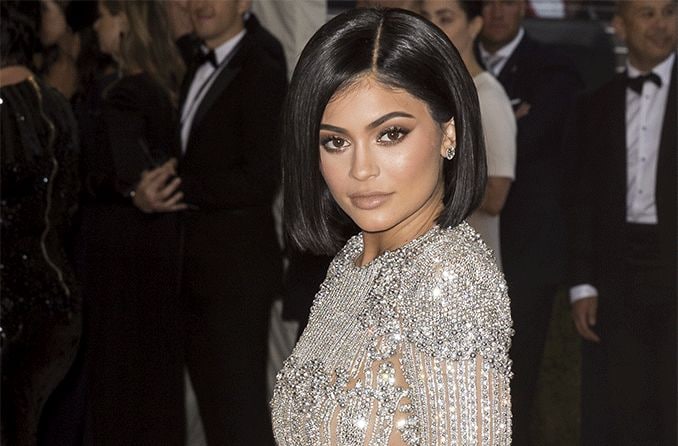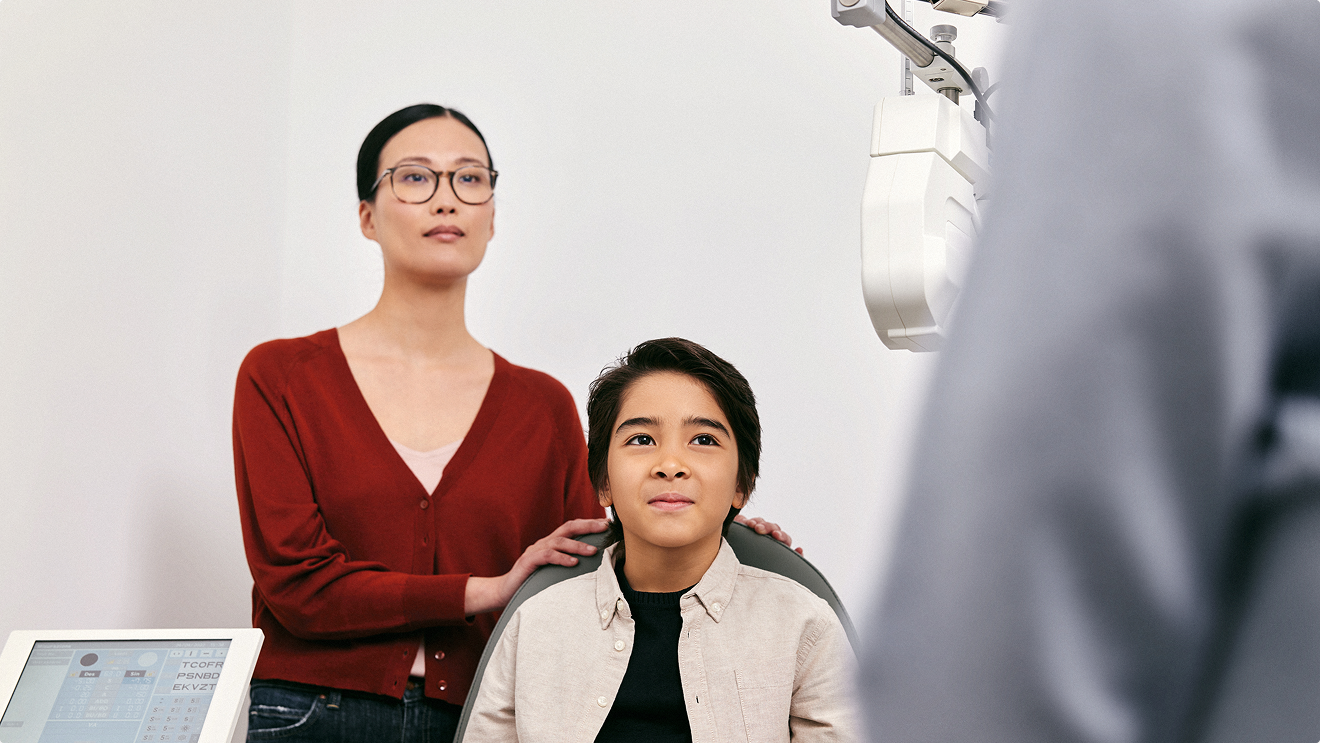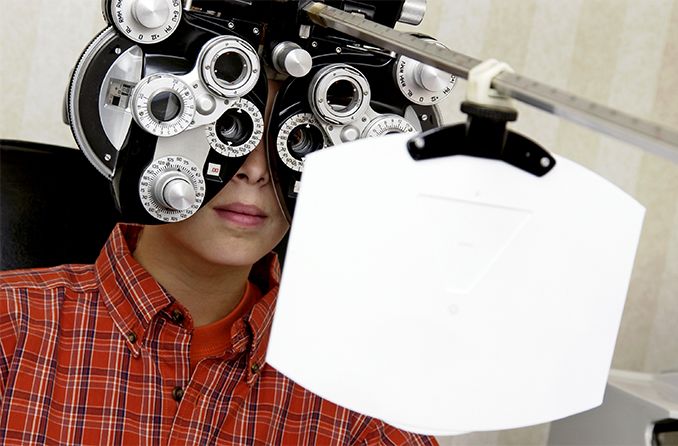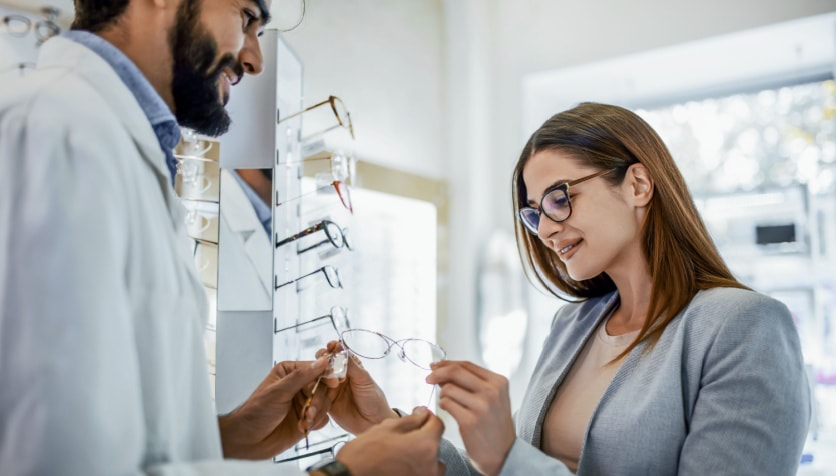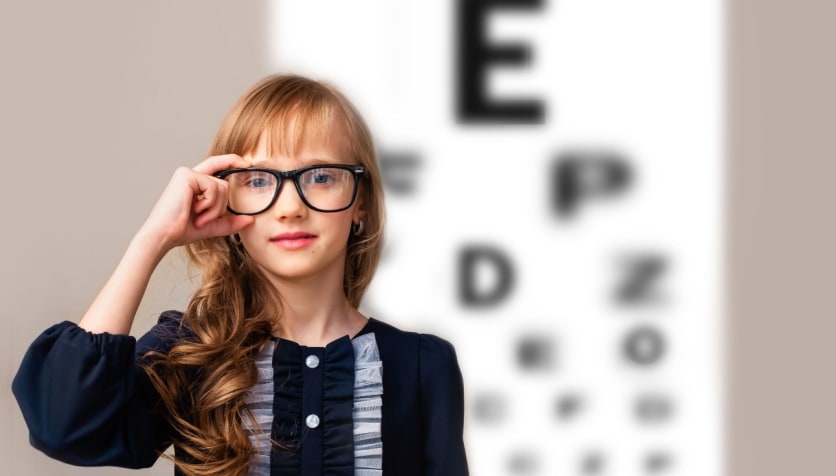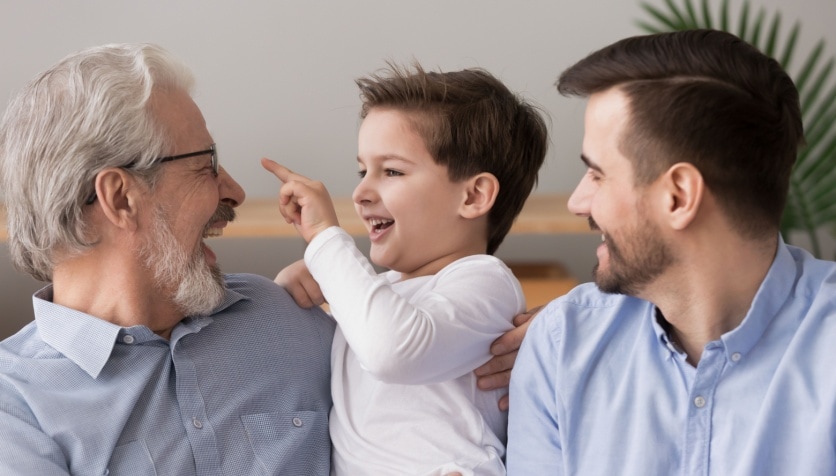Taylor Swift
In addition to winged eyeliner and her famous red lip, for many years Taylor Swift could not leave the house without glasses or contacts due to her myopia.
A Taylor Swift biography by Louisa Jepson mentions a story about Taylor running into the boy who inspired her first hit song, “Teardrops On My Guitar.” Taylor recalls the guy walking up to her, and because she wasn’t wearing her glasses or contact lenses, she had no clue who he was.
Taylor usually relied on contact lenses to see clearly, which kept her poor eyesight a secret from the public. In 2019, the singer decided to get LASIK to correct her myopia. During an interview with Late Night host Jimmy Fallon, a video was revealed of Taylor after LASIK surgery. The video, sent to Jimmy by Taylor’s mother, shows Taylor on pain medicine after the procedure.
Since the procedure, Taylor seems to be enjoying life without glasses or contact lenses.
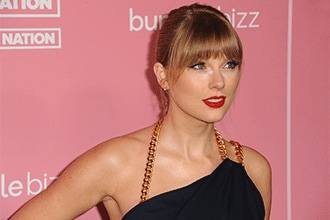
Tiger Woods
Tiger Woods is arguably one of the best golfers the game has ever seen. In his earlier days, Woods suffered from severe nearsightedness, or high myopia. In fact, before he had LASIK surgery, Tiger was legally blind without the help of glasses or contacts.
Before his first LASIK procedure in 1999, the eye doctor who performed Tiger’s surgery said he had “counting fingers vision.” This means Tiger could count the number of fingers someone was holding up, but only if they were within 12 inches of his face.
Tiger loved the results of his first LASIK procedure, and ended up having a follow-up surgery in 2007 because his “vision started slipping.” He also complained of headaches that resulted from him squinting all the time.
After his second LASIK procedure, Tiger won several tournaments, including three major championships.

Kylie Jenner
In a 2020 episode of Keeping Up with the Kardashians , Kylie Jenner opened up about how her vision was affected by pregnancy. The makeup mogul explained how her eyesight became blurrier during pregnancy with daughter Stormi.
Even after Stormi’s birth, Kylie needed glasses to drive, watch TV and perform other daily tasks. Once her vision declined to the point at which she couldn’t see her daughter’s face without glasses, Kylie decided to get LASIK surgery to correct her myopia.
The procedure was featured on an episode of KUWTK, during which Kylie and her family celebrate her newly clear vision with a LASI-”Ky” surgery party.
Zendaya
Zendaya is a vocal advocate for accepting the imperfections that make us unique. In 2015, she posted a picture of herself wearing a pair of dark frames on Twitter with the caption, “Guess who needed glasses.”
The actress and fashion icon often uses social media to remind her fans that she’s just like them. In 2018, she posted a selfie of her wearing a gold face mask with a pair of glasses over it. The caption read, “Skincare is important… but I also gotta see the TV.”
At the 2019 Emmys, Zendaya presented the award for best directing in a limited series. The starlet wore a pair of wire frame glasses to help her read the cue card. And just like that, Zendaya made glasses a functional accessory for high-fashion evening wear.
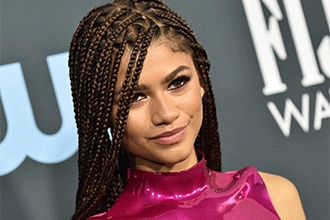
READ MORE ABOUT CELEBRITY EYES:
Celebrities with different-colored eyes (heterochromia)
Celebrities with asymmetrical eyes

